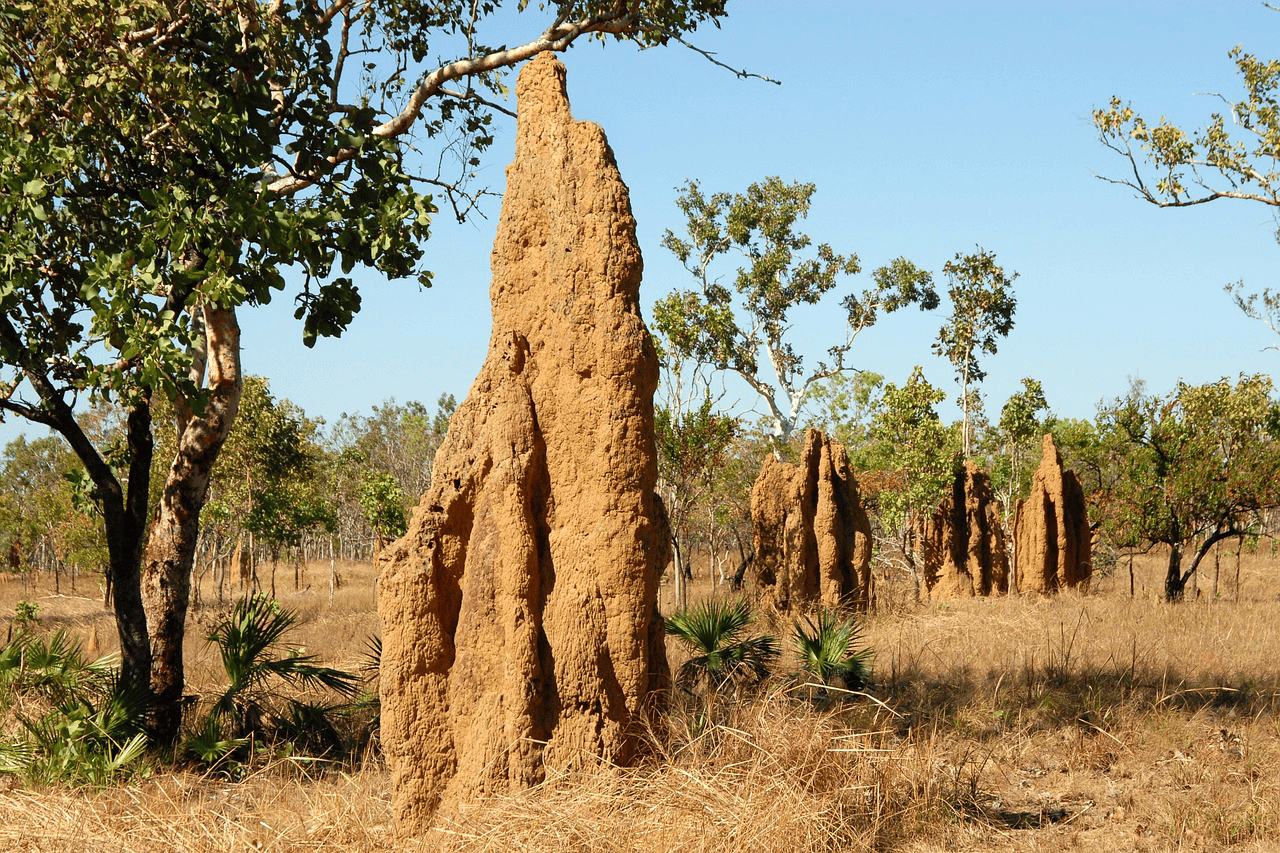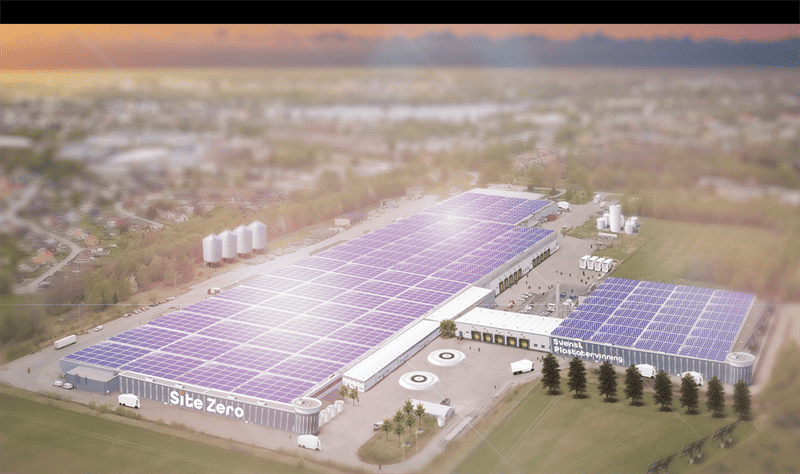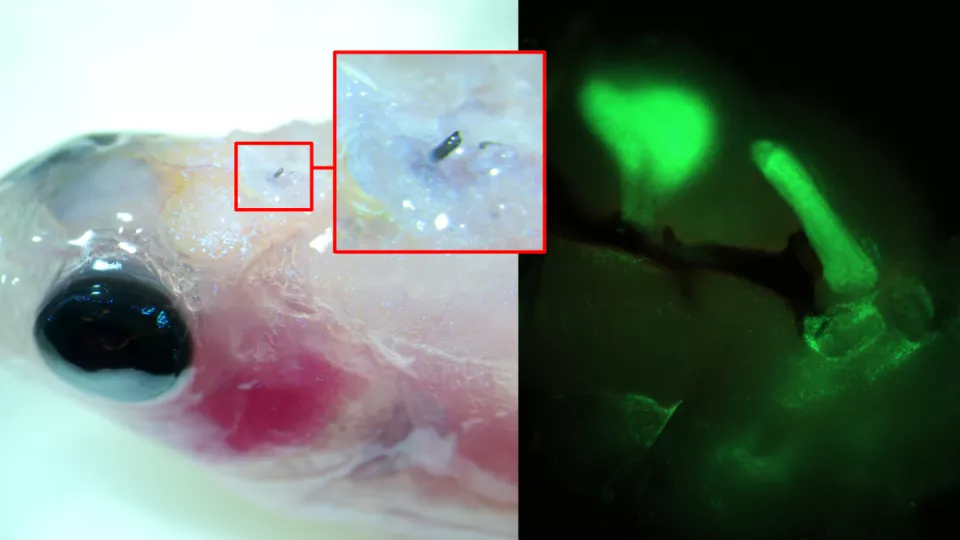
The climate control termites use in their mounds could inspire tomorrow’s climate-smart buildings. New research from Lund University in Sweden shows that future buildings inspired by termites could achieve the same effect as traditional climate control, but with greater energy efficiency and without its carbon dioxide footprint.
Termite mounds have a sophisticated ventilation system that enables air circulation throughout the structure. This helps to maintain and regulate temperature and humidity.
- The way termites control airflows in their mounds can inspire the climate-smart buildings of tomorrow.
- Researchers demonstrated how airflows interact with geometry, and how they can be driven without mechanical components.
“The study focuses on the interior of termite mounds, which consist of thousands of interconnected channels, tunnels, and air chambers, and how these capture wind energy in order to “breathe,” or exchange oxygen and carbon dioxide with the surroundings. We have explored how these systems work and how similar structures could be integrated into the walls of buildings to drive the flow of air, heat, and moisture in a new way,” says David Andréen, senior lecturer at the Department of Architecture and Built Environment at Lund University, who wrote the article.
Controlling airflows
The idea is thus to create new ways to control the airflow in buildings that will be significantly more energy-efficient and climate-smart than traditional air conditioning, which uses the bulk flow principle, normally driven by fans. Instead, developing turbulent, dynamic, and variable systems is possible. “These can be controlled by very small equipment and require minor energy provision,” says Andréen.
In the study, the researchers demonstrated how airflows interact with geometry – the parameters in the structure that cause the flows to arise and how they can be selectively regulated. These can be driven without mechanical components such as fans, valves, and similar, as only electronic control is required.
“This a precondition for a distributed system in which many small sensors and regulating devices are placed in the climate-adaptive building envelope through miniaturization, durability/sustainability, and cost reduction,” says Andréen.

3D printing adds value to the environment
This enables regulation of the building’s indoor climate and to control factors such as temperature and humidity without relying on large fans and heating and air conditioning systems. The mechanisms depend on creating complex internal geometries (on the millimeter to centimeter scale), which is only possible using 3D printing. Through 3D printing, value can be added to the built environment to create sustainable architecture that otherwise would not have been possible.
“It’s fascinating how the termites’ building process manages to create extremely complex, well-functioning “engineering masterpieces”, without having the centralized control or drawings to refer to that we would need,” concludes David Andréen.







